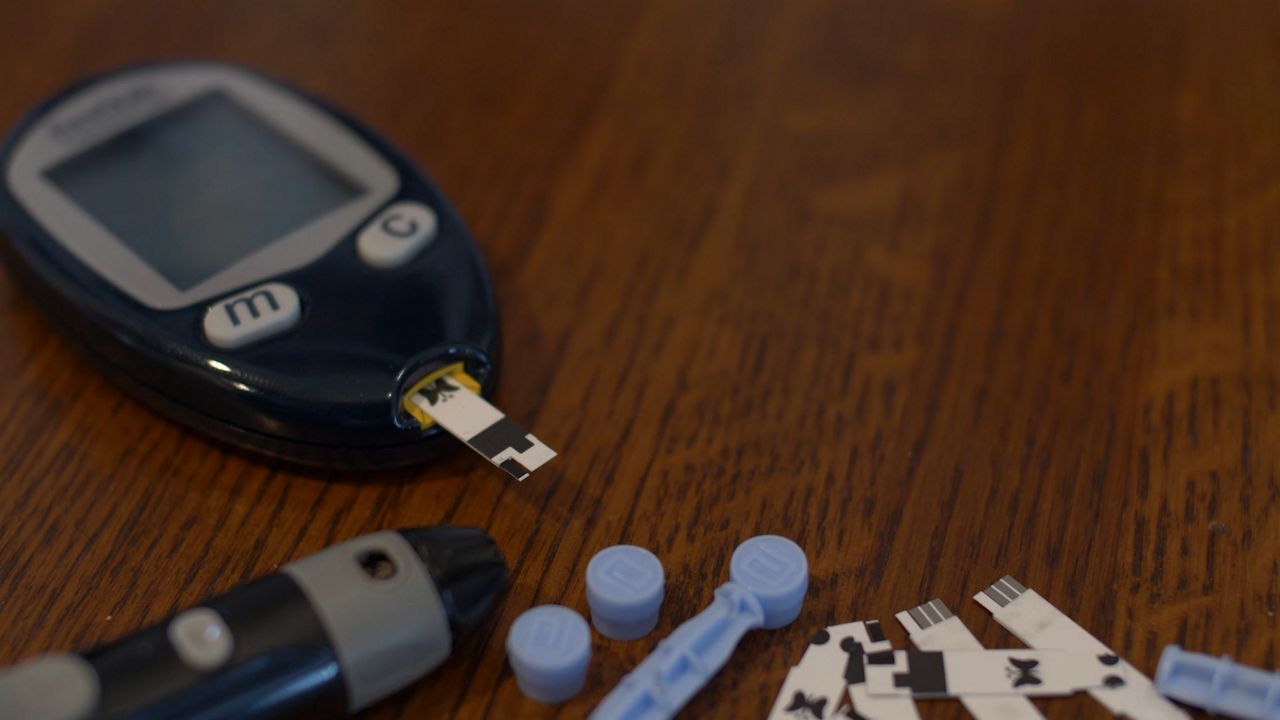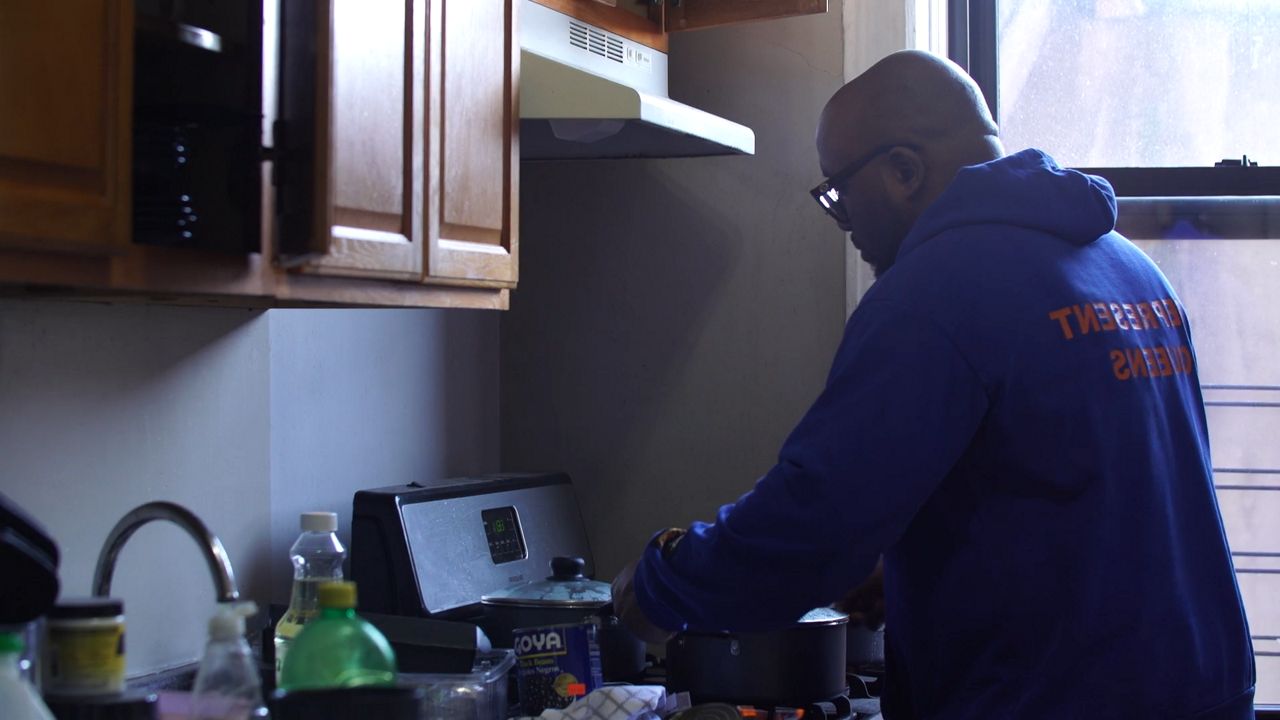More than two years ago, Reginald Pressoir noticed something strange — he was using the bathroom more often.
“I chalked it up to, maybe I'm just drinking a lot of water. I was trying to get my weight and exercise in control,” he said.
At the time, Pressoir was working in patient relations at the Emergency Department at New York University’s Brooklyn hospital. He mentioned the problem to a nurse manager there, who then checked his blood sugar levels using a test known as a fingerstick. A normal reading is under 100.

“My fingerstick at the time was in the four hundreds, I think 409 or something like that,” Pressoir, now an administrative support supervisor with NYU, explained.
After further bloodwork, Pressoir was diagnosed with type 2 diabetes the same day.
“I was scared,” he said. “I know what happens when patients have complications from diabetes and all of those scenarios started playing out in my head.”
The diagnosis was a surprise for Pressoir, but not for his doctors, who had been noticing a trend toward more type 2 diabetes cases for a while.
In 2018, NYU began offering emergency room patients the A1C blood test, which is used to diagnose diabetes. The idea was to go beyond treating the emergency patients came in for — looking also for the potential root of health problems.
“It was born of a desire for us to take better care of the community that we serve as a whole and to look at the population that we take care of and respond to them and their health needs,” said Dr. Reed Caldwell, the Chief of Service at NYU Langone Perelman Emergency Department.
Caldwell, who spearheaded the program, explained that they’re targeting patients over 35 years old who have a Body Mass Index (BMI) over 25, which is greater than the healthy weight range. And most notably, they’re trying to catch patients with no prior history of diabetes or prediabetes.
“We've been seeing 40 to 50 percent screened positive for prediabetes or diabetes,” said Caldwell.
The earlier diabetes is caught, the higher the chance the patient can turn things around through diet and lifestyle changes. In Pressoir’s case, the diagnosis served as a motivator.
“I had four doctors essentially in 24 hours tell me that I can fight this. And that gave me all the confidence I needed to fight it,” he said.
Shortly after his diagnosis, Pressoir overhauled his diet and exercise habits.
“[I started] eating more fruits, more vegetables, eating more salads, going to the gym, exercising daily,” he explained.

In combination with medication, these new habits helped Pressoir drop 30 pounds, and just four months after his diagnosis, he learned his blood sugar levels had gone down to normal.
“I could have cried tears of joy. I was so elated because it showed me that if I was willing to work as hard as I can, then I can control this thing. I can fight this thing,” he said.
Doctors took Pressoir off medication and continued to monitor him. He’s kept his levels down by staying consistent with his diet and exercise — and remembering his why.
“My daughter, one day when I was getting ready to go to the gym, she was like, ‘Why do you go every day?’ And I turned around and I answered, ‘Because of you. You are the reason why I do this.’ I wanted to be around for the people that I care and love.”
Watch our full special on the our country’s type 2 diabetes crisis here.



